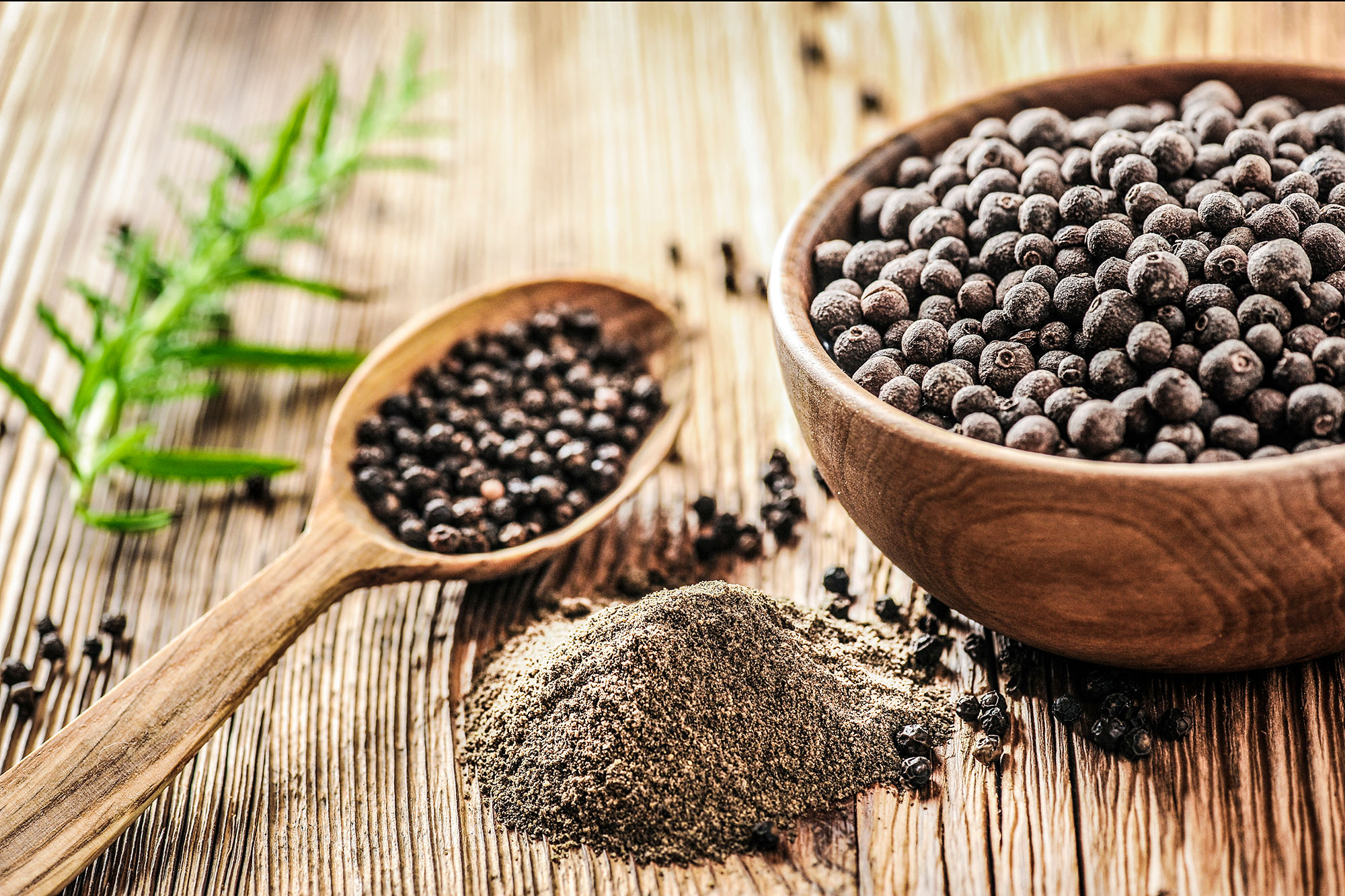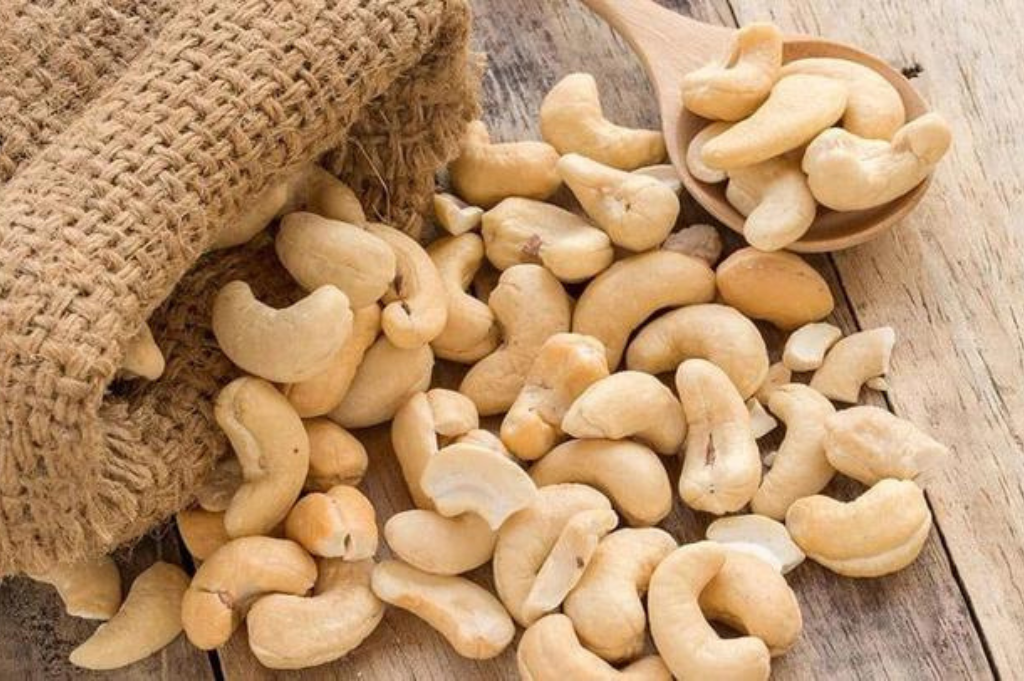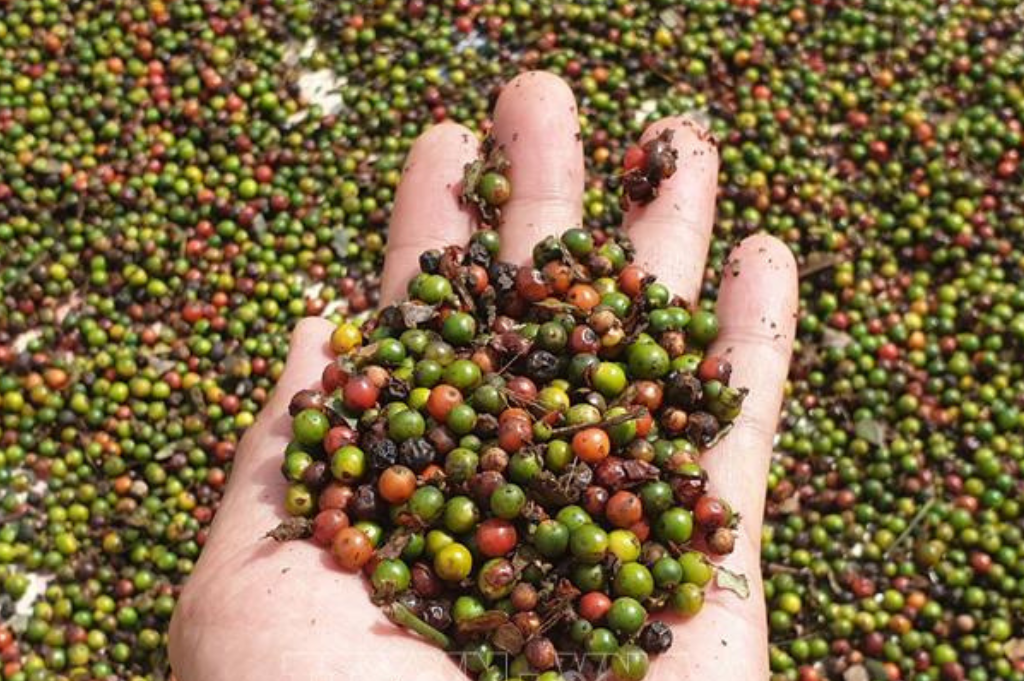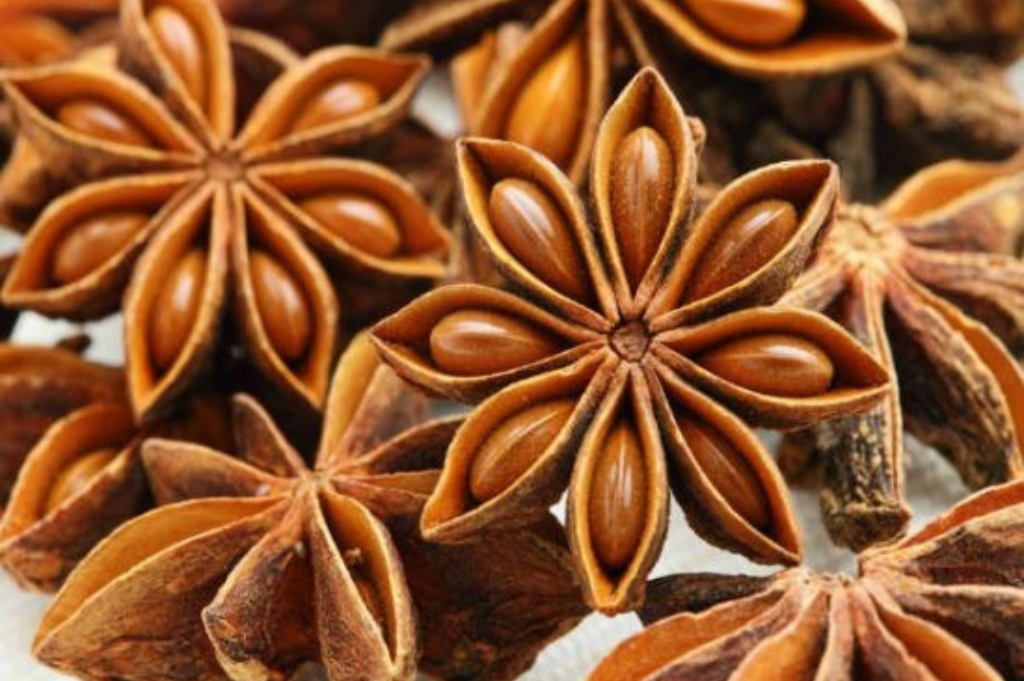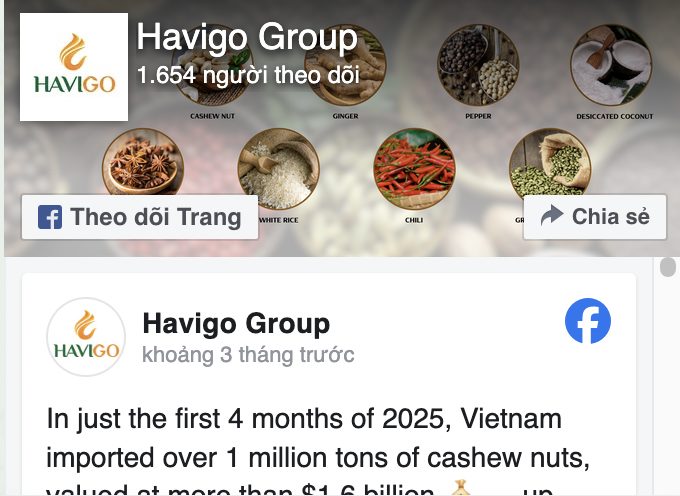Decoding the Dragon Fruit Prices Landscape
Dragon fruit Prices fluctuate significantly worldwide. This exotic fruit, also called pitaya, demands a premium. Therefore, understanding its market dynamics is crucial. Several factors influence the final cost you pay. Consumers encounter different price points based on geography.
Key Factors Driving Dragon Fruit Cost
Several elements directly impact the dragon fruit price. First, the fruit’s origin plays a major role. Many nations import it from Asian countries. High import duties naturally increase the retail cost. Secondly, the specific variety matters immensely. Red, yellow, and white-fleshed types carry varying values. The rarer yellow pitaya often fetches the highest price. Furthermore, the farming method influences pricing. Organically grown fruit usually costs more than conventionally farmed pitaya.
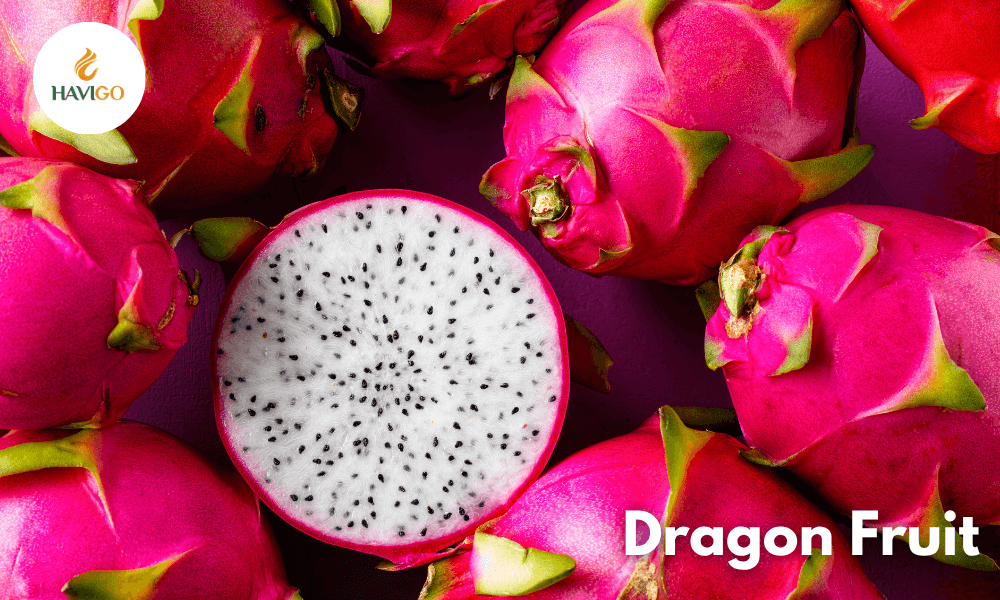
Seasonal Supply and Demand Effects
Like most produce, dragon fruit prices are highly seasonal. Peak harvest times lead to greater supply. This increased supply often pushes market prices down. Conversely, during off-seasons, supply dwindles sharply. Scarce availability drives prices upward quickly. Consequently, consumers pay more for non-seasonal fruit. Weather patterns also profoundly affect yields and pricing. Severe weather events can destroy entire harvests.
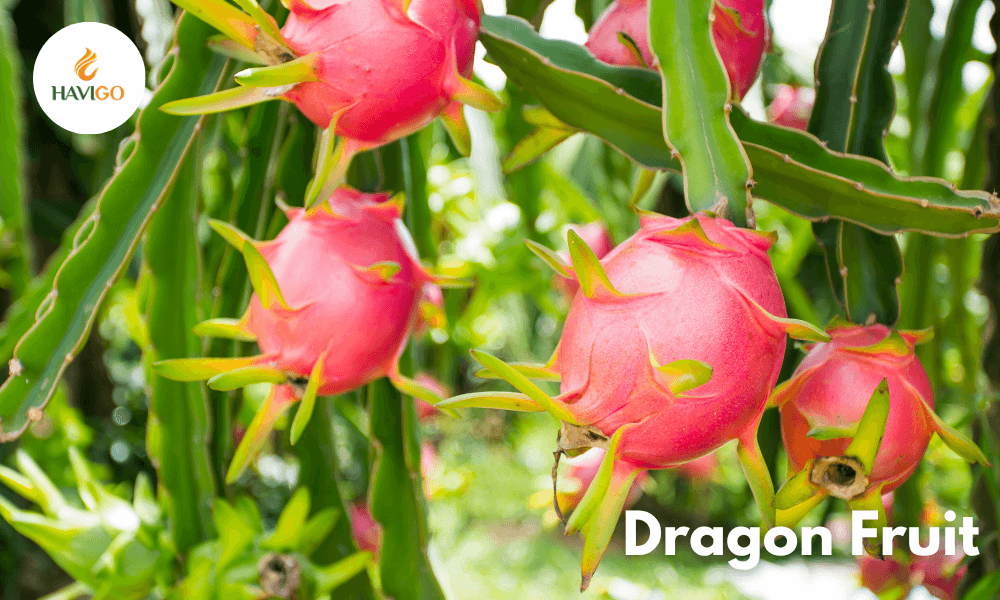
The Role of Logistics and Transportation
Transporting dragon fruit adds considerably to the final price. This delicate fruit requires careful handling. It needs quick, refrigerated shipping to maintain quality. Therefore, transport costs accumulate rapidly. Longer shipping distances increase the logistical expense. Efficient cold chain management is vital for fresh delivery. Thus, the supply chain dramatically influences the retail cost. Local production means lower transport costs for consumers.
Variety Comparison: White vs. Red Pitaya Value
The most common dragon fruit has white flesh with black seeds. White pitaya generally commands the lowest price. The red or pink-fleshed variety costs noticeably more. This difference stems from higher consumer demand for the vivid color. Moreover, the red-fleshed types often possess a sweeter taste. Rarity also contributes to the higher red dragon fruit price. Consumers are often willing to pay extra for visual appeal.
Organic vs. Conventional Pricing
Choosing organic dragon fruit always costs more. Organic certification requires stricter farming standards. These standards often lead to lower yields per plant. Hence, organic farming incurs higher production expenses. Conventional farming methods allow for cheaper, larger harvests. Consequently, the organic dragon fruit price reflects these increased input costs. Consumers weigh the added cost against perceived health benefits.
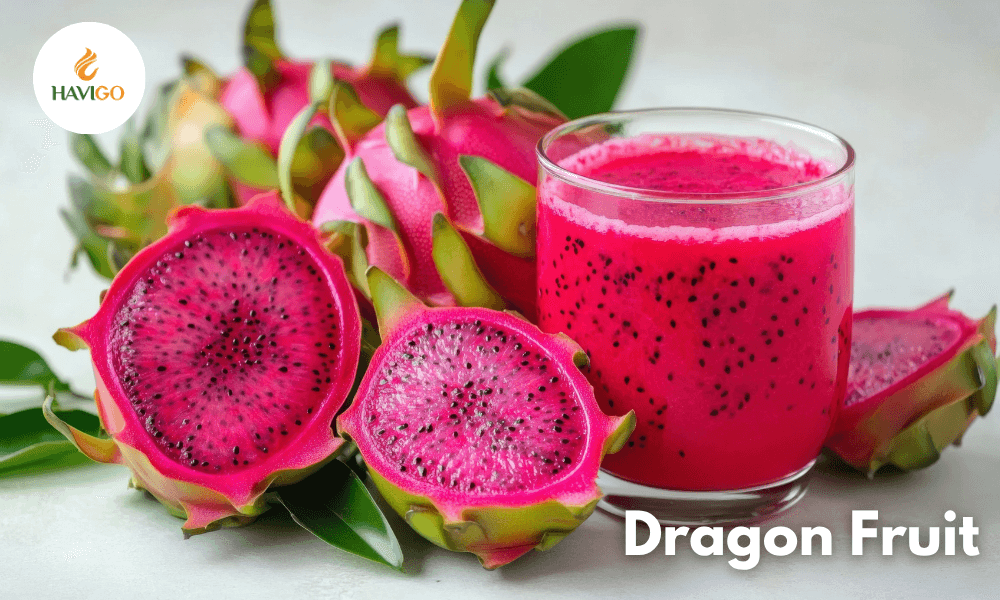
Understanding Retail Markup and Packaging
Retail stores also significantly influence the final price. Their operating costs and profit margins are included. High-end grocery stores often charge premium prices. Furthermore, intricate packaging increases the total cost. Individually boxed or labeled fruit carries higher overhead. Therefore, buying fruit in bulk can sometimes save money. Always compare prices across different retailers.
Future Trends in Dragon Fruit Pricing
Global demand for this exotic fruit continues to rise steadily. New farming regions are emerging outside Asia. Increased global production might stabilize future dragon fruit prices. However, climate change presents ongoing challenges to stability. Advances in shipping technology could potentially lower logistics costs. Ultimately, consumer demand will dictate long-term market trends.
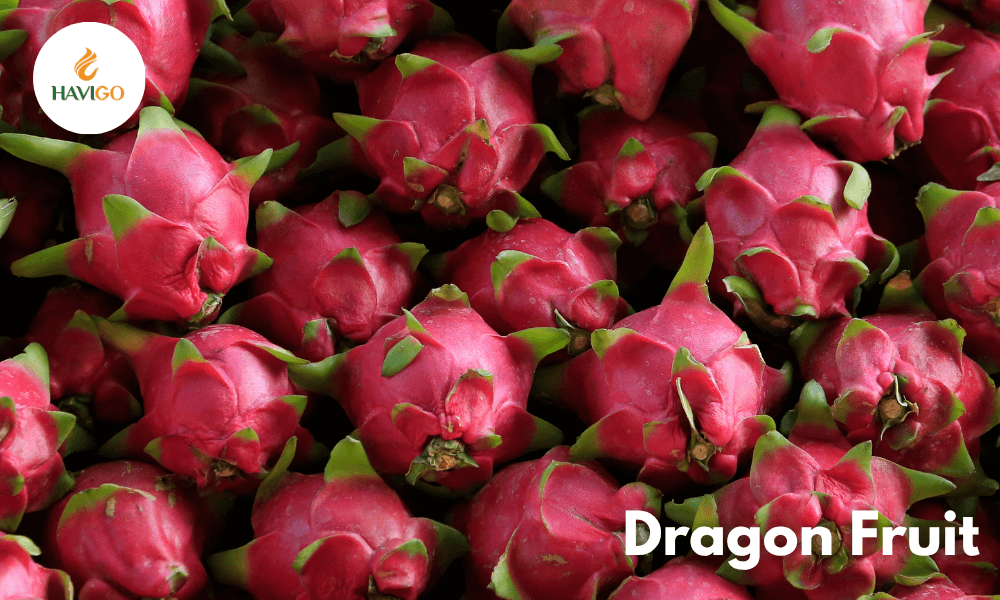
Stay Connected with Havigo: Your Source for High-Quality Desiccated coconut
Havigo Company Limited is your reliable agricultural export partner in Vietnam. We specialize in supplying and delivering high-quality Vietnamese agricultural products, including spices, rice, beans, and fruits, to the global market.
We aim to build long-lasting partnerships by guaranteeing the following core elements:
- Superior Quality Assurance: We are confident in our ability to consistently deliver products that meet the highest international quality standards required by the global market.
- The Best Competitive Pricing: We provide high-quality goods at the most competitive prices in the market, helping to optimize the profitability of your import operations.
- Prompt & Dedicated Support: Our team is committed to offering fast, enthusiastic, and professional customer support throughout our entire partnership journey.
If you are interested in importing desiccated coconut from Vietnam, please contact us immediately for the best support!
Contact Us Today:
To receive a quotation and detailed assistance, please reach out directly via WhatsApp: +84 979 58 58 56. We look forward to partnering with you!



